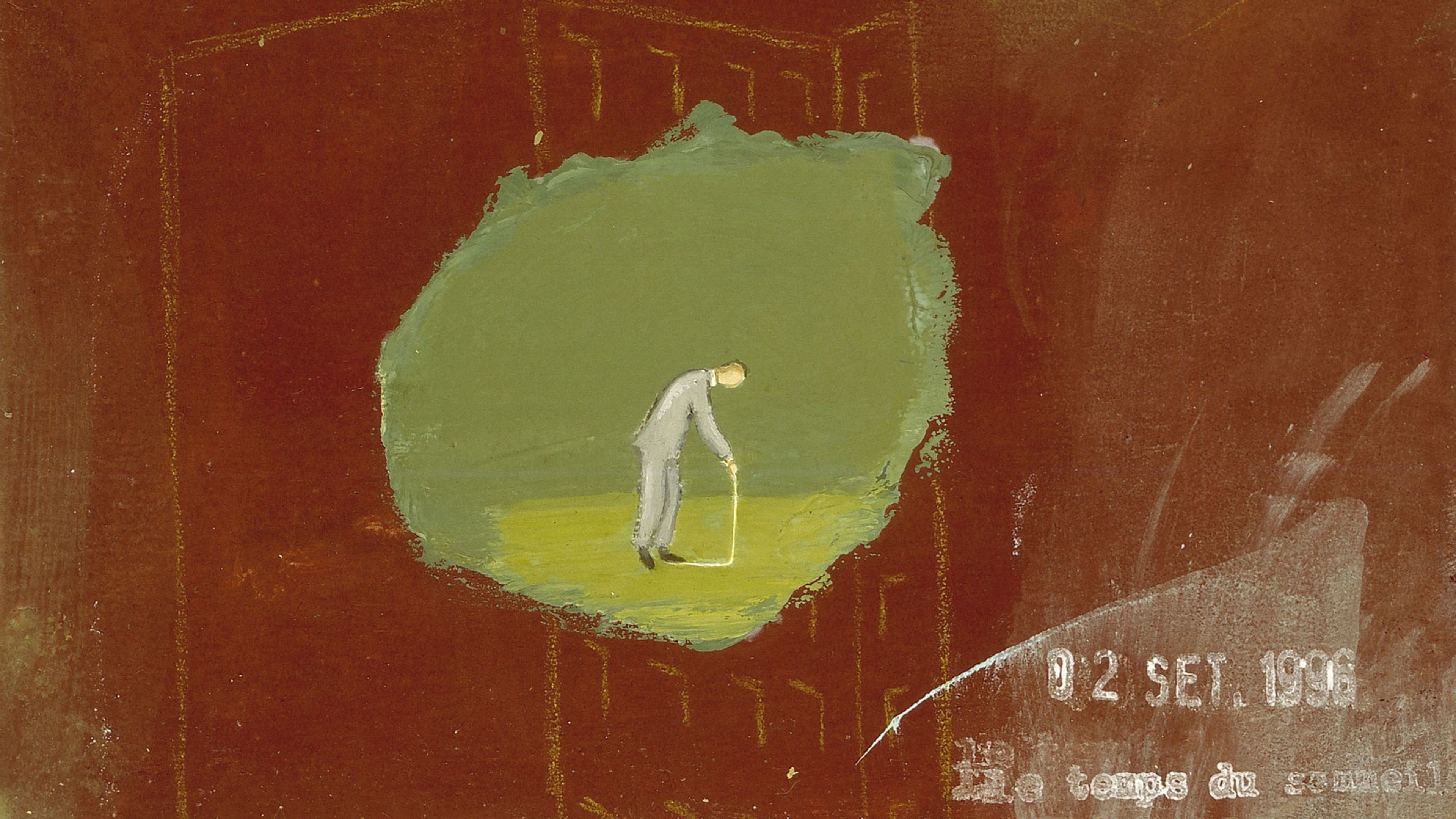Rockbund Art Museum and Power Station of Art, Shanghai, China
2018
Francis Alÿs’s work was the subject of two presentations in Shanghai. On view from November 9 through February 24, 2019, at Rockbund Art Museum (RAM), the solo exhibition La dépense (“consumption”) was his first large-scale presentation in mainland China. Curated by Yuko Hasegawa, chief curator at the Museum of Contemporary Art in Tokyo and professor of curatorial and art theory at the city’s Tama Art University, and Larys Frogier, director at RAM, the show is framed in terms of resisting the onset of digital experience with manual action. Among the works on view were the video pieces Tornado (2000–2010) and A Story of Deception (2003–2006), the installations Silencio (2003–2010) and Exodus, 2014–2018, and small-scale paintings from the ongoing series Le Temps du sommeil, begun in 1996.
On view through March 10, 2019, Alÿs presented three video works and a maquette in the 12th Shanghai Biennale. The biennial was titled Proregress: Art in an Age of Historical Ambivalence and was organized by Cuauhtémoc Medina, who has been a long-time collaborator and curator of Alÿs’s work on projects including the major solo exhibition A Story of Negotiation, which traveled to museums in North and South America from 2015 to 2017.
Alÿs, who travels widely and has produced work in many countries, has described his practice as “a sort of discursive argument composed of episodes, metaphors, or parables.” Exploring anthropological and geopolitical contexts in different places, he uses media including public actions, installations, video, paintings, and drawings. Alÿs first made work in China in the late 1990s, examples of which were included in La dépense; this was the artist’s second official participation in the Shanghai Biennale after presenting his work in its 9th edition in 2012.
Reflecting on the itinerant nature of his activities in the book accompanying A Story of Deception, a critically acclaimed survey of his work shown at Tate Modern in London, Wiels in Brussels, and The Museum of Modern Art and MoMA PS1 in New York from 2010 to 2011, Alÿs has said: “My own reaction to the place [where I arrive to make a project] is itself subjective: it is a bit of a dance in between my own concerns or obsessions that I carry with me over there and their meeting with that place, that clash that will eventually lead to a concrete reaction, a piece, or nothing. And it is never just about the place. . . . It is more because my own concerns at the time happen to coincide with the concerns of a certain place at a certain moment of its history.” Arriving in Shanghai in 1997, the artist’s observations took the form of poetic fragments as he noticed “the crude reality of a mutating Shanghai. Pure present.”
In a 2011 interview, Alÿs describes coming to culture “empirically,” an approach that intersects with the context outlined by this year’s Shanghai Biennale curator. Medina’s observation that the “structural production” which proliferates in the contemporary moment “involves a distancing from the processes that connect with our immediate experience, making it almost impossible to have empirical access to anything” suggests a fertile environment for Alÿs’s work, which in both of these exhibitions was the result of—and appeals to—direct experience. “Alÿs’s performances query the relationships between people and their geographical and sociopolitical environments, implicitly creating a flow of life through acts such as drawing, walking, moving objects, and building bridges,” Hasegawa writes in a text accompanying La dépense; “Here you will find direct encounters and physical involvement of the sort gradually being threatened by and forgotten by our digitized world, and suggestions that make us aware of, or recognize anew, manual work.”
Image: Francis Alÿs, Le Temps du sommeil, 1996–ongoing (detail)
